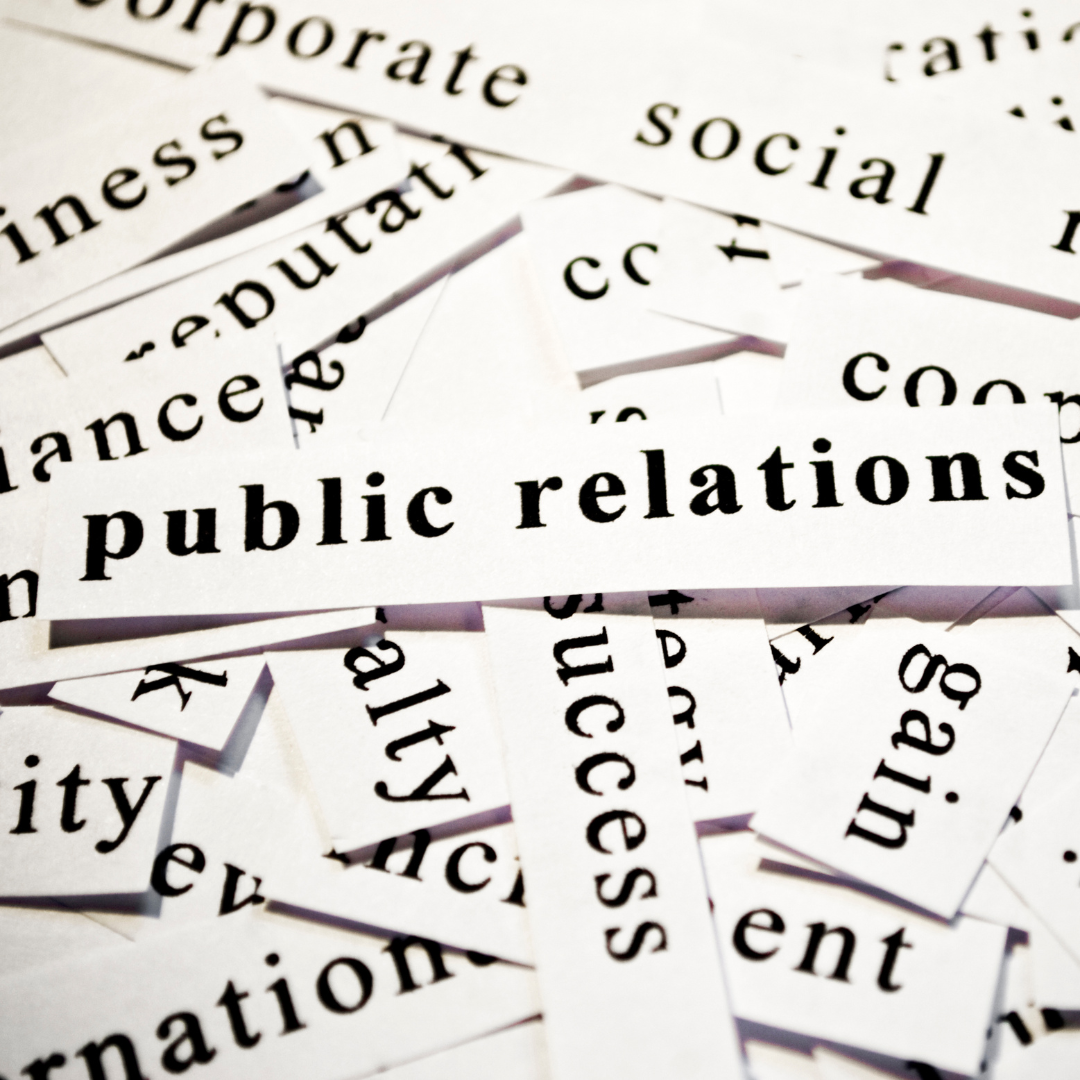As a practice, public relations traces its roots back to ancient civilizations, where leaders utilized basic PR strategies to maintain their authority and influence public opinion. However, the modern genesis of PR can be traced to the early 20th century, when pioneering efforts of individuals like Ivy Ledbetter Lee (credited with issuing the first press release) and legendary Edward Bernays, who linked PR to psychology and societal trends.
In the mid-20th century (the 1950s), we witnessed the rise of PR agencies and a gradual embedding of PR strategies in governmental and corporate communications. During this time, PR branched out to encompass media relations, crisis communications, and strategic counsel, emphasizing preserving a favorable public image and managing reputations.
The advent of the digital age marked a pivotal turn in the PR landscape, introducing an array of new platforms for communication. The internet brought about an instantaneous mode of interaction, making the transfer of information quicker and giving birth to a two-way communication model. It paved the way for organizations to send messages to their audience and receive immediate feedback, thus facilitating a more engaged and interactive PR approach.
It also allowed peer-to-peer communications, which bypassed the traditional model and has resulted in less control of messages and an opportunity for crises. Virtually anyone with an internet connection can spark a crisis for any organization.
Today, PR has metamorphosed into an indispensable tool for organizations around the globe. PR has had to adapt its services to social media strategies, influencer collaborations, and content marketing, integrating a more holistic approach to communications. The role of PR has become multifaceted, transcending beyond media relations to a strategic advisory role, helping organizations navigate the complex, interconnected world of modern communications.
Why PR is Essential Today
PR is a beacon of orchestrated and meaningful communications in the current era, where information is constantly exchanged, and the public is continuously bombarded with messages from various quarters. It is instrumental in:
- Monitoring a 24-Hour News Cycle: The internet and news agencies do not sleep. A massive wave of information is continually washing over our society, posing constant risks and opportunities. Monitoring what is being said online about you and your issues is not a luxury but a necessity.
- Reputation Management: Assisting organizations in building and maintaining a positive reputation.
- Crisis Management: Navigating through crises adeptly, safeguarding the organization’s image.
- Strategic Communication: Offering a well-rounded approach to communication, ensuring coherence and strategic alignment in messages conveyed to the public.
PR has evolved from modest beginnings to become an essential arm of organizations, steering them through the multifaceted terrain of modern communications. Its role in building robust and positive relationships with stakeholders, rooted in trust and mutual understanding, underscores its unparalleled importance in today’s fast-paced and intricately connected world. It is not just a tool but a vital organ in the organism of a thriving organization.





